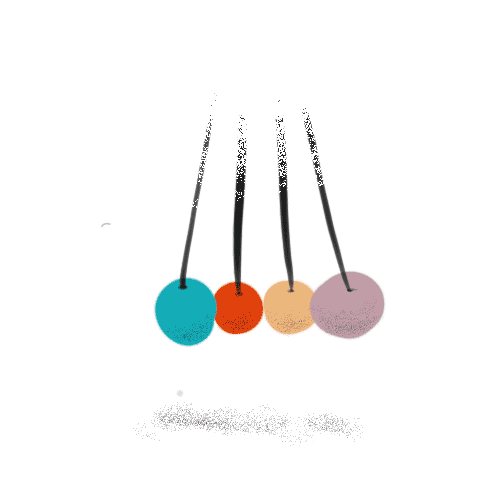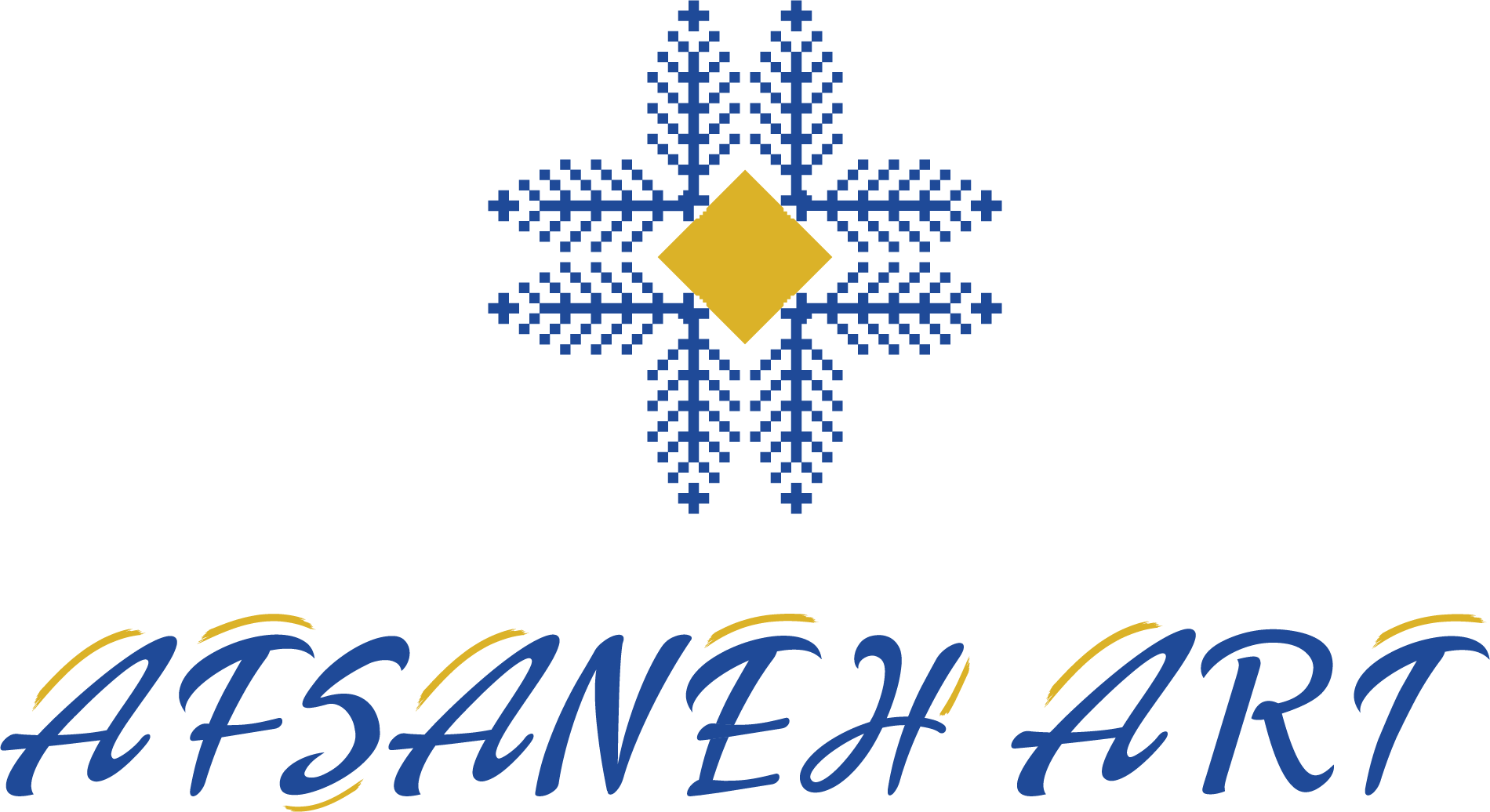Eventually, the hand-knotted carpets and rugs are seen to be made all over the world. The quintessential style of carpets, hand knotted was originally seen in Asiatic locations. These highly prized specimens of floor coverings were later imitated by the European nations later. Such carpets are constructed by clipping the lengths of yarn. The clipped ends of the yarn form the pile of the carpet that are tied in rows crossways to warps. Each row of knots is separated by multiple picks of wefts, fixed in as interchanging series of plain weave.
There are various types of hand knotting techniques. They are as follows:
- Turkish knot, or the symmetrical, or Ghiordes.
- Persian knot, or the asymmetrical, or Senneh.
- Jufti knot, or the resultant of the unison of Turkish and Persian but done on four weft strands, instead of two.
- Spanish knot, or solo warp symmetrical knot
Famous hand knotted Persian, Turkish specimens of carpets and rugs have been fascinating the world since centuries. Till today, there is a huge demand of such beauties in the Western markets. Materials such as cotton, silk, wool, and jute have also been used to knot such handmade marvels.
What is handmade carpet?
“A Floor Covering which is made completely by human hands by Handknotting, Handtufting or Handweaving, in which handspun Yarn of natural fibers (most commonly wool or silk) is used, , with individual character and design.”
Hand-made carpets are traditionally more expensive than those made by machines. Though there are several carpet-making methods, including braiding, hand tying (or hand knotting), hooking, shearing and tufting, the most common of these are braiding and hand knotting.
Raw Wool
Wool is either imported or is bought from nearby markets and is carefully sorted to pick out unwanted particles. Wool often carries dust, grease which is removed by washing it thoroughly and is then sun dried for two-three days.
Tibetan wool
The Tibetan wool has a strong good fibre length is imported in scoured form, good lustre and a high resilient value. The New Zealand wool is of 36 micron, 100 mm barb length and is identified as type 128. British wool meeting regulatory standards have also started being available in the market.
Scouring
It is the process of washing of Wool fibre. Wool fibre has lot of dust, dirt and the sticky oily material called Suint. Suint is the wax like material which comes out from sweat glands of Sheep. The fibre has to be washed with caustic to remove suint.
Woollen Yarn Spinning
Spinning involves two steps Carding and Spinning- Carding is sometimes done by hand with help of carding brush or on carding rollers run by hand. The carded wool is spun into yarn by using a charkha or a spinning wheel. The thickness of the yarn depends on the quality of the carpet and generally a 3 ply yarn is used.
Yarn Dyeing
The traditional pot dyeing method has been largely replaced by machine dyeing in closed Chambers. Dyes containing harmful substances such as AZO are banned and dye-stuffs from renowned international manufacturers are used. These dyes have a high degree of fastness. Depending on the weather, the dyed yarn has to be dried in the sunlight for one to three days. Pot dyeing and vegetable (natural) dyeing are still being used by some manufacturers..
Yarn Opening or Reeling
is a process that involves opening the bigger and loose lea and wrapping it into tightly wrapped bunch which is smaller in size
Designing
When speaking about patterns and carpet manufacturing these are often divided into three categories; curvilinear, geometric and figural patterns. There are many frequent named patterns, we will mention a few of the most common ones.
These patterns can decorate a small part of a carpet or be used in an overall motif.
From the pattern on a carpet it is possible to see what style and also which origin the carpet has. The size and colours that are used also contributes to the answer of the carpets origin.
The pattern is the most obvious and perhaps the most important characteristic in a carpet. Around the cities and in the workshops, much time is emphasized on developing and refining the old traditional patterns which are all first drawn by hand on paper.
Raw Washing
It is done as the first wash to clean the carpet and for removal of dust and dirt or any stains on the carpet.
Shearing
After carpet is washed the piles are cut to level them to same height. This is called Shearing.
Embossing
is the process of cutting the borders of the motif on the carpet which gives detailing to the motif. It is also done by decreasing the pile height of the piles other than that of motif. This way the motif seems to like protrude out of the background and gives a good look to the carpet. The embossed motif is sometimes of different fibers also.
Side Binding
The sides of the carpet is bound by a separate thread which is a thick thread and often doubled. This gives additional strength to the carpet.
Seinging
it is the process of burning the protruding fibres on the backside of the carpets. This gives a sharp and neat finish to the carpet.
Final Washing
The carpet is washed for the final time. Final washing provides it the required luster.
Drying
In traditional setup dyeing is done under the sun, but many manufacturers have drying machine which can control the tempreature and moisture of the carpet.
Stretching
Stretching is done to make the sides straight otherwise the carpet has some curved edges .
Final Clipping
This is the finishing step in the manufacturing of carpet. The clipping is done with minute detailing.
Packing and Bailing
After the carpet is finished, it is packed and bailed for exports.



